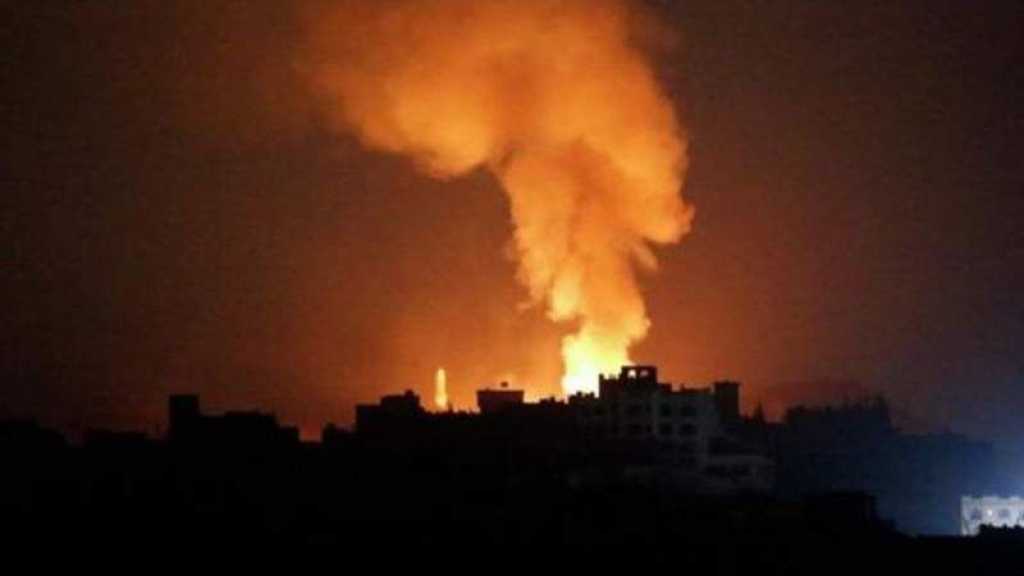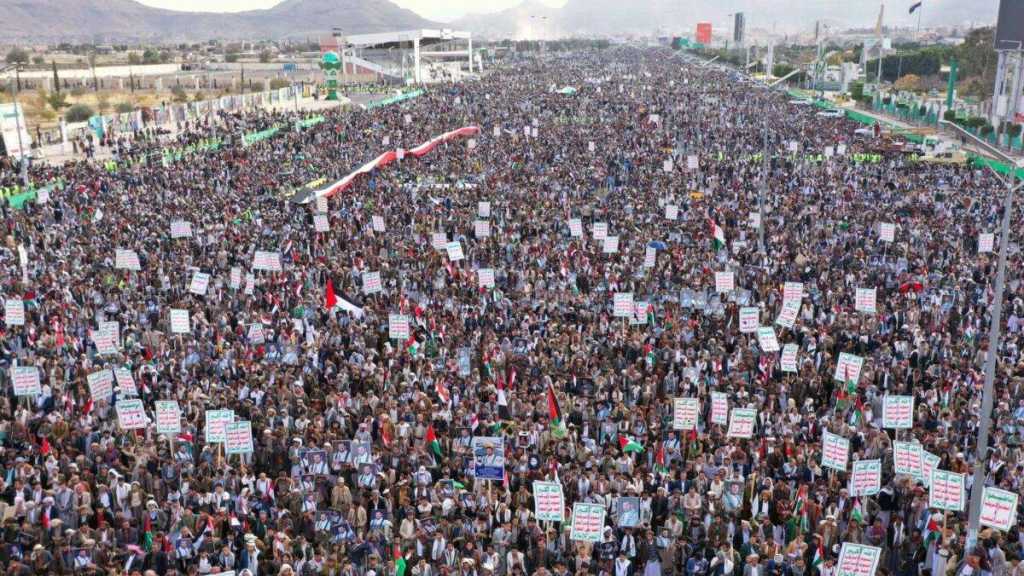US New Aggression on Yemen: Capital, Surrounding Regions Targeted

By Staff, Agencies
The United States launched a new wave of airstrikes on Wednesday, targeting multiple locations in the Yemeni capital, Sanaa, and surrounding areas. The attacks are part of an ongoing military campaign that has intensified since mid-March.
According to reports, US warplanes carried out 14 air raids on the al-Hafa area in the al-Sabeen district of Sana'a. Aircraft continued to hover over the city throughout the day.
This is not the first time al-Hafa has been targeted; the US-British coalition previously bombed the al-Hafa military camp, located in the southeastern outskirts of the capital, in January and November 2024.
In addition to the airstrikes on al-Hafa, US aggression forces launched three strikes on the Bani Hushaysh district and also bombed Manakhah district in Sanaa; one civilian was reportedly martyred in a strike on the residential al-Nahda neighborhood in the al-Thawrah district of the capital.
Further north, US airstrikes hit al-Hazm, the administrative center of al-Jawf province in northeastern Yemen.
On Tuesday, the campaign expanded to the Red Sea, where US warplanes launched 15 strikes on Kamaran Island, as well as targeting al-Salim and Kitaf districts in the northern province of Saada with 13 additional strikes, and al-Zahir district in eastern Yemen and Sufyan district in Amran, just north of Sanaa.
The Ministry of Agriculture, Fisheries, and Water Resources of the Sanaa-based government condemned the US airstrikes on Kamaran Island, describing them as a serious threat to the marine ecosystem in the Red Sea.
The ministry stated that the strikes caused significant damage to one of the region's most ecologically and economically important islands. It warned that continued attacks on the island pose a direct threat to marine biodiversity, local fishermen, and residents.
Comments
- Related News




